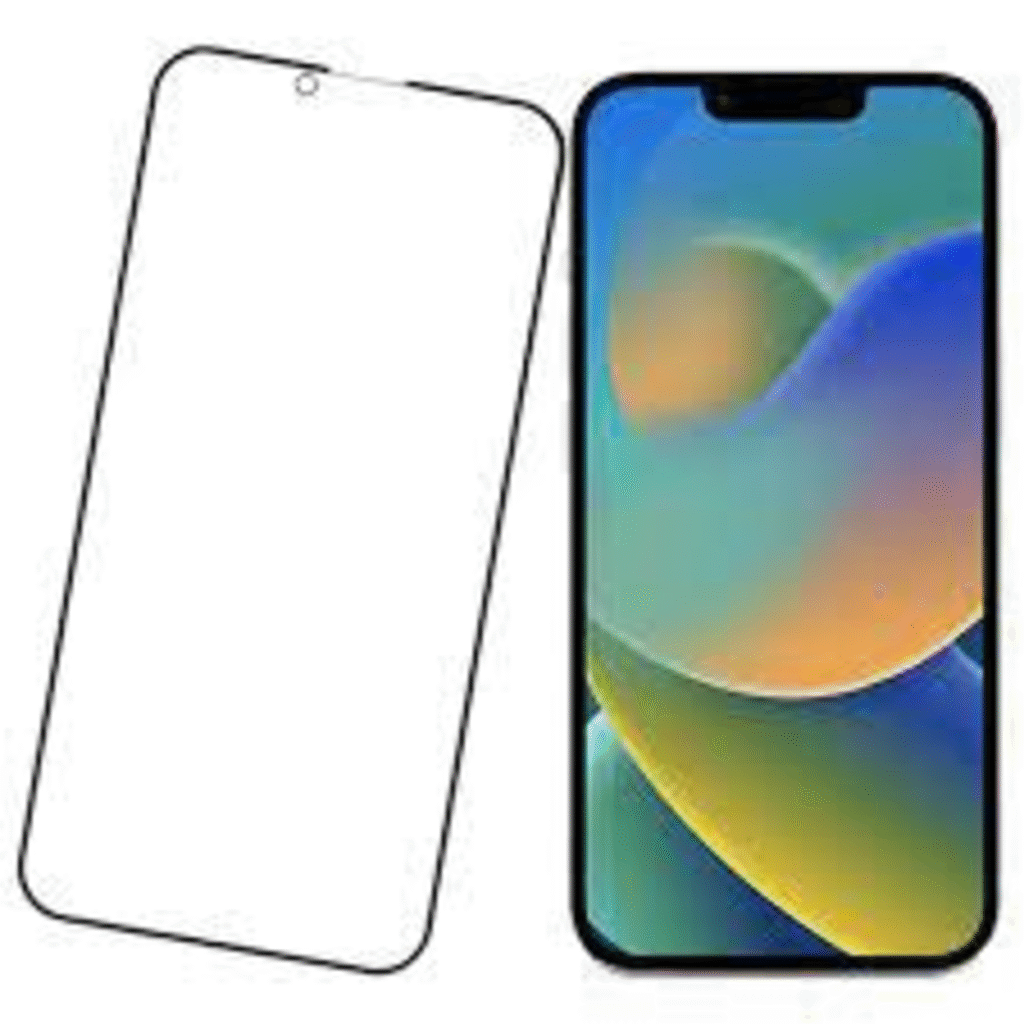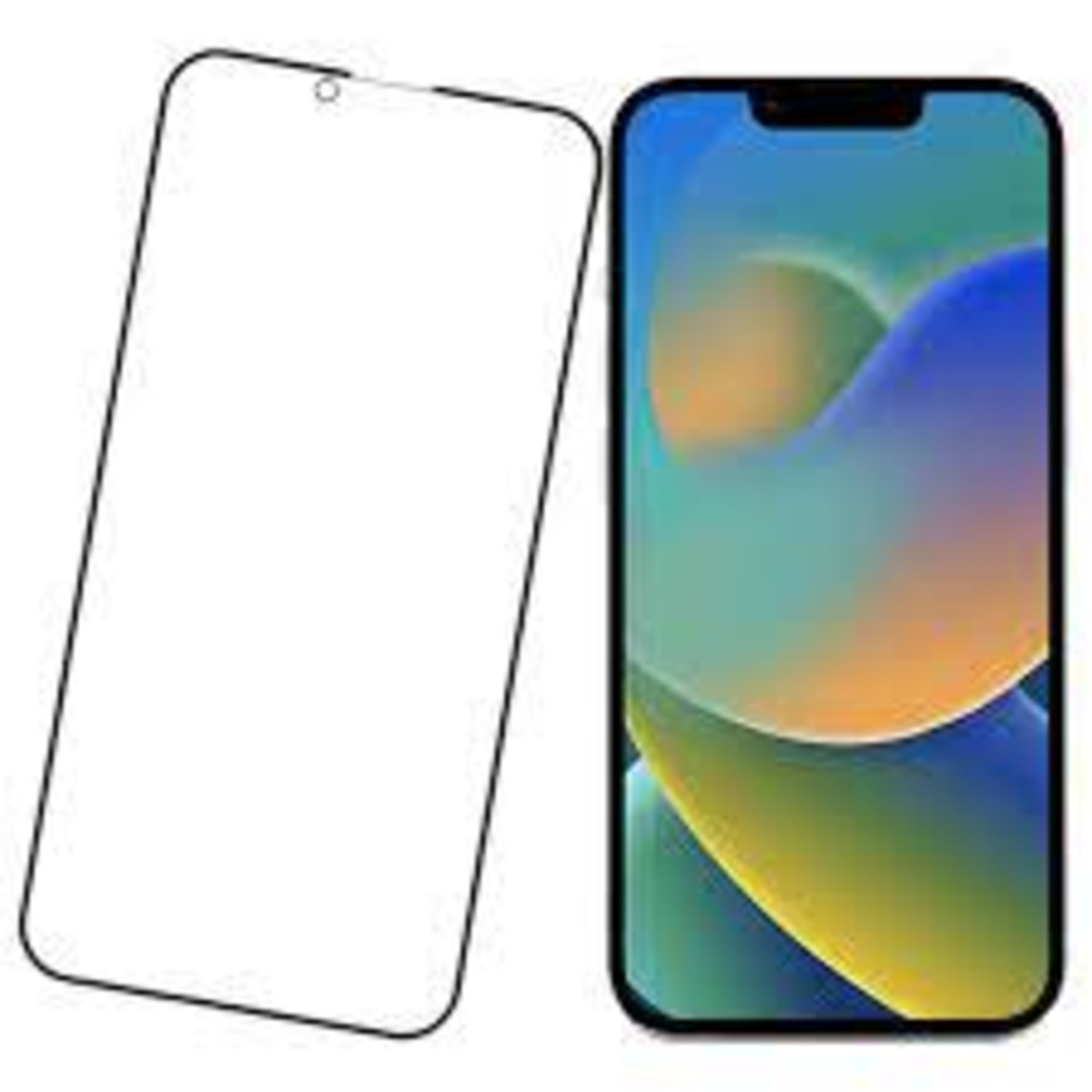9D tempered glass is a popular choice for smartphone screen protectors, known for its durability and sleek design. But what does “9D” mean, and how thick is this type of glass? In this article, we’ll break down the thickness of 9D tempered glass, what the “9D” label signifies, and why it matters for your device’s protection.
What Is 9D Tempered Glass?
The term “9D” refers to the design and edge curvature of a tempered glass screen protector, not its thickness or hardness. It typically indicates a protector with highly curved edges that seamlessly cover the entire front of a smartphone, including the slightly curved edges of modern displays. The “9D” designation is more about marketing and fit precision than a specific technical measurement.
Tempered glass itself is chemically strengthened to be tougher than regular glass, offering better resistance to scratches, impacts, and daily wear. The “9” in 9D loosely suggests a high level of edge curvature or coverage, but it’s not an industry-standard metric.

Thickness of 9D Tempered Glass
The thickness of 9D tempered glass typically ranges from 0.2 mm to 0.4 mm, with 0.33 mm being the most common. This measurement refers to the actual physical thickness of the glass layer. Here’s a closer look:
- 0.2 mm: Ultra-thin protectors, offering a sleek feel and high touch sensitivity but slightly less impact resistance.
- 0.26 mm to 0.33 mm: The standard range for most 9D tempered glass protectors, balancing durability and responsiveness.
- 0.4 mm: Thicker options for enhanced protection, though they may feel slightly bulkier.
The exact thickness can vary depending on the manufacturer and the specific product. For example, some brands may advertise a 0.3 mm protector as “9D” to emphasize its full-coverage design.
Why Thickness Matters
The thickness of a 9D tempered glass protector affects both its protective capabilities and user experience:
- Protection: Thicker glass (e.g., 0.33 mm or 0.4 mm) generally offers better impact absorption, reducing the risk of cracks or shattering on your phone’s screen.
- Touch Sensitivity: Thinner glass (e.g., 0.2 mm) provides a more natural touch experience, closely mimicking the feel of the phone’s original screen.
- Aesthetics and Fit: 9D protectors are designed to cover the entire front of the phone, including curved edges. The thickness must be optimized to ensure a snug fit without interfering with cases or the phone’s design.
Is 9D Tempered Glass Harder Than Others?
The “9D” label doesn’t directly indicate hardness. Instead, hardness is measured on the Mohs scale, with most tempered glass screen protectors rated at 9H. This means they resist scratches from most common materials, like keys or coins, regardless of whether they’re labeled 9D, 5D, or otherwise. The thickness of the glass primarily affects impact resistance, not scratch resistance.
Choosing the Right 9D Tempered Glass
When selecting a 9D tempered glass protector, consider the following:
- Device Compatibility: Ensure the protector is designed for your specific phone model to match its curves and dimensions.
- Thickness Preference: Choose based on your priorities—thinner for touch sensitivity or thicker for added protection.
- Quality: Look for features like oleophobic coating (to reduce fingerprints) and high transparency for better display clarity.
- Installation Ease: Some 9D protectors come with alignment tools for a bubble-free application.
Conclusion
The thickness of 9D tempered glass typically falls between 0.2 mm and 0.4 mm, with 0.33 mm being the most common. While the “9D” label emphasizes full-coverage design and curved edges, the actual thickness determines the balance between protection and usability. By understanding these factors, you can choose a 9D tempered glass protector that best suits your smartphone’s needs, keeping it safe and functional without compromising its sleek look.
